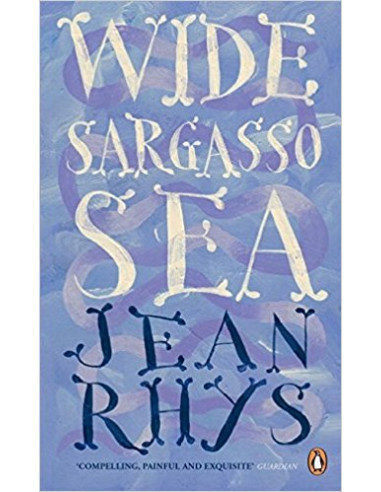

Tzvetan Todorov, The Poetics of Prose (Ithaca, NY: Cornell University Press, 1977), p. Gérard Genette, Narrative Discourse: An Essay in Method (Ithaca, NY: Cornell University Press, 1980), p. Almost half the battle’ (Jean Rhys, Letters 1931–1966, p. Jean Rhys considered titles as essential components of her books: ‘titles mean a lot to me. The Sargasso Sea is named after the seaweed that accumulates in that becalmed area because of eddying currents. As well as roughly indicating where the story is set (the Sargasso Sea lies north-east of the Lesser West Indies), ‘Wide Sargasso Sea’ also points to the problematic of the novel.

The title of the novel 1 encapsulates this creative use of repetition. It seems, however, that some twenty-seven years after the publication of Good Morning Midnight, repetition is no longer the curse it used to be, and one has the feeling that it is within the intertextual game that Jean Rhys finds a voice for the feminine to speak out loud, that it is within repetition that emancipation is achieved. Jean Rhys’s last novel, published in 1966, is an extended version of the story of the first Mrs Rochester, the mad Creole locked up in the attic of Thornfield Hall. At first sight, Wide Sargasso Sea is still caught in the mesh of repetitive patterns, if only because it is a rewriting of Jane Eyre. In Good Morning Midnight, Jean Rhys suggests that the feminine steers a precarious course between repetition, at best parodic, and silence.


 0 kommentar(er)
0 kommentar(er)
